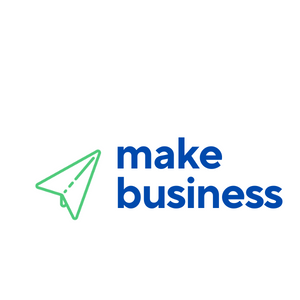Ad Scheduling on Facebook: When is the Best Time to Advertise?
In the ever-evolving world of digital marketing, Facebook remains a dominant platform for advertisers seeking to reach a broad audience. However, the success of a Facebook ad campaign often hinges on more than just creative content and targeting; timing plays a crucial role. Understanding the best time to advertise on Facebook can significantly enhance the effectiveness of your campaigns. This article delves into the intricacies of ad scheduling on Facebook, offering insights, examples, and data-driven strategies to optimize your advertising efforts.
Understanding Facebook Ad Scheduling
Facebook ad scheduling allows advertisers to control when their ads are shown to their target audience. This feature is particularly useful for businesses that want to maximize their ad spend by displaying ads during peak engagement times. By strategically scheduling ads, businesses can ensure that their message reaches users when they are most likely to interact with it.
Why Timing Matters in Facebook Advertising
Timing is a critical factor in Facebook advertising for several reasons:
- Audience Behavior: Users are more active on Facebook at certain times of the day and week. Understanding these patterns can help advertisers reach their audience when they are most engaged.
- Cost Efficiency: Advertising during peak times can lead to higher competition and costs. Conversely, advertising during off-peak times might reduce costs but also engagement.
- Relevance: Ads that appear at the right time are more likely to be relevant to the user’s current needs or interests, increasing the likelihood of conversion.
When is the Best Time to Advertise on Facebook?
Determining the best time to advertise on Facebook can vary based on industry, target audience, and campaign goals. However, several studies and case studies provide general insights:
- Weekdays vs. Weekends: According to a study by Sprout Social, engagement rates are generally higher on weekdays, particularly from Tuesday to Thursday. However, weekends can also be effective for certain industries, such as entertainment and retail.
- Time of Day: The same study suggests that the best times to post on Facebook are between 9 a.m. and 3 p.m., with peak engagement occurring around noon. This aligns with typical workday breaks when users are more likely to check their social media.
- Industry-Specific Trends: Different industries may experience varying peak times. For instance, B2B companies might find success during business hours, while B2C companies might see better results in the evenings or weekends.
Case Study: A Retail Brand’s Success with Ad Scheduling
Consider the case of a retail brand that optimized its Facebook ad scheduling to boost sales. By analyzing their audience’s online behavior, they discovered that their target demographic was most active on Facebook during weekday evenings. By scheduling their ads to run from 6 p.m. to 10 p.m., the brand saw a 20% increase in click-through rates and a 15% reduction in cost per acquisition.
Strategies for Effective Facebook Ad Scheduling
To make the most of Facebook ad scheduling, consider the following strategies:
- Analyze Audience Insights: Use Facebook’s Audience Insights tool to understand when your target audience is most active.
- Test and Optimize: Conduct A/B tests to determine which times yield the best results for your specific campaigns.
- Consider Time Zones: If your audience is spread across different time zones, schedule ads to accommodate these differences.
- Monitor and Adjust: Continuously monitor ad performance and adjust scheduling based on real-time data and insights.
Conclusion: Mastering Facebook Ad Scheduling
In conclusion, ad scheduling on Facebook is a powerful tool that can significantly impact the success of your advertising campaigns. By understanding audience behavior, leveraging data-driven insights, and continuously optimizing your strategy, you can ensure that your ads reach the right people at the right time. As you refine your approach, remember that flexibility and adaptability are key to staying ahead in the dynamic landscape of digital marketing. Start experimenting with your ad schedules today and watch your campaign performance soar.
